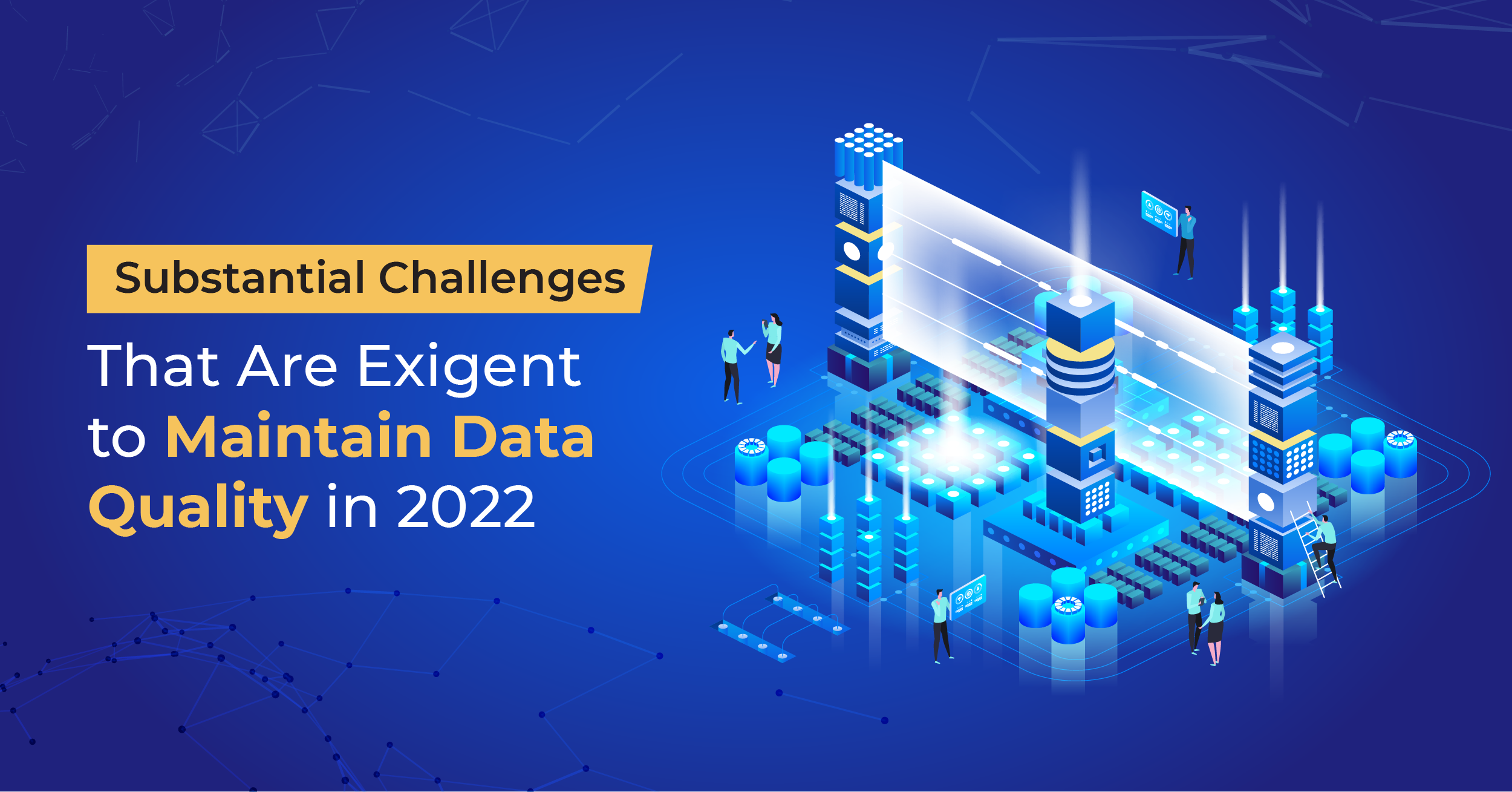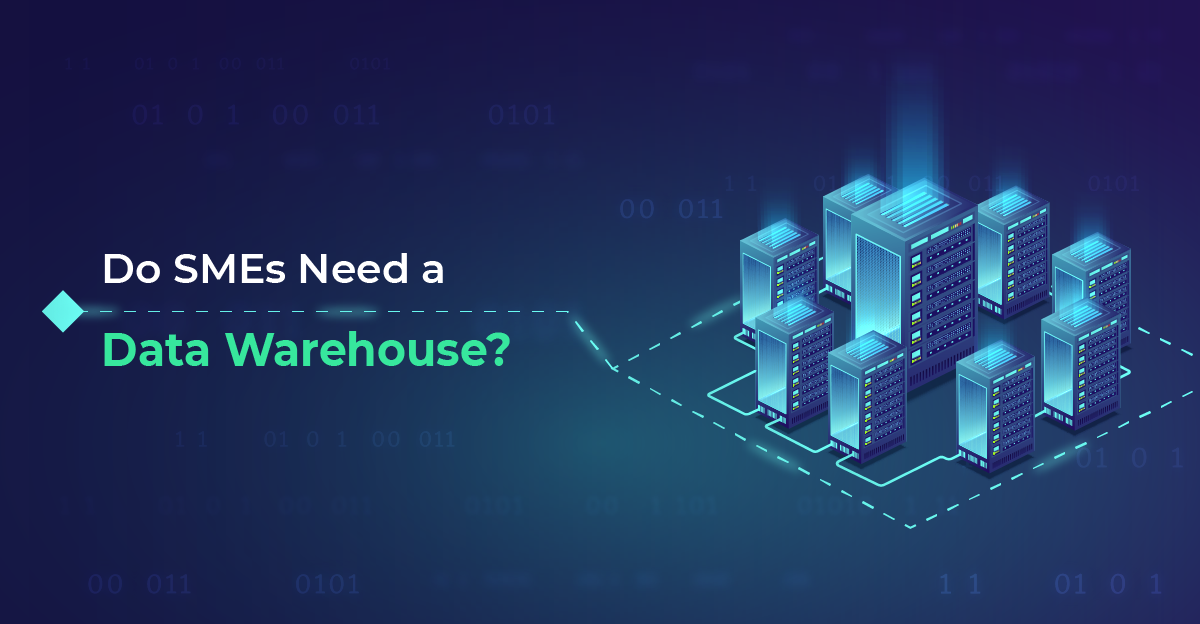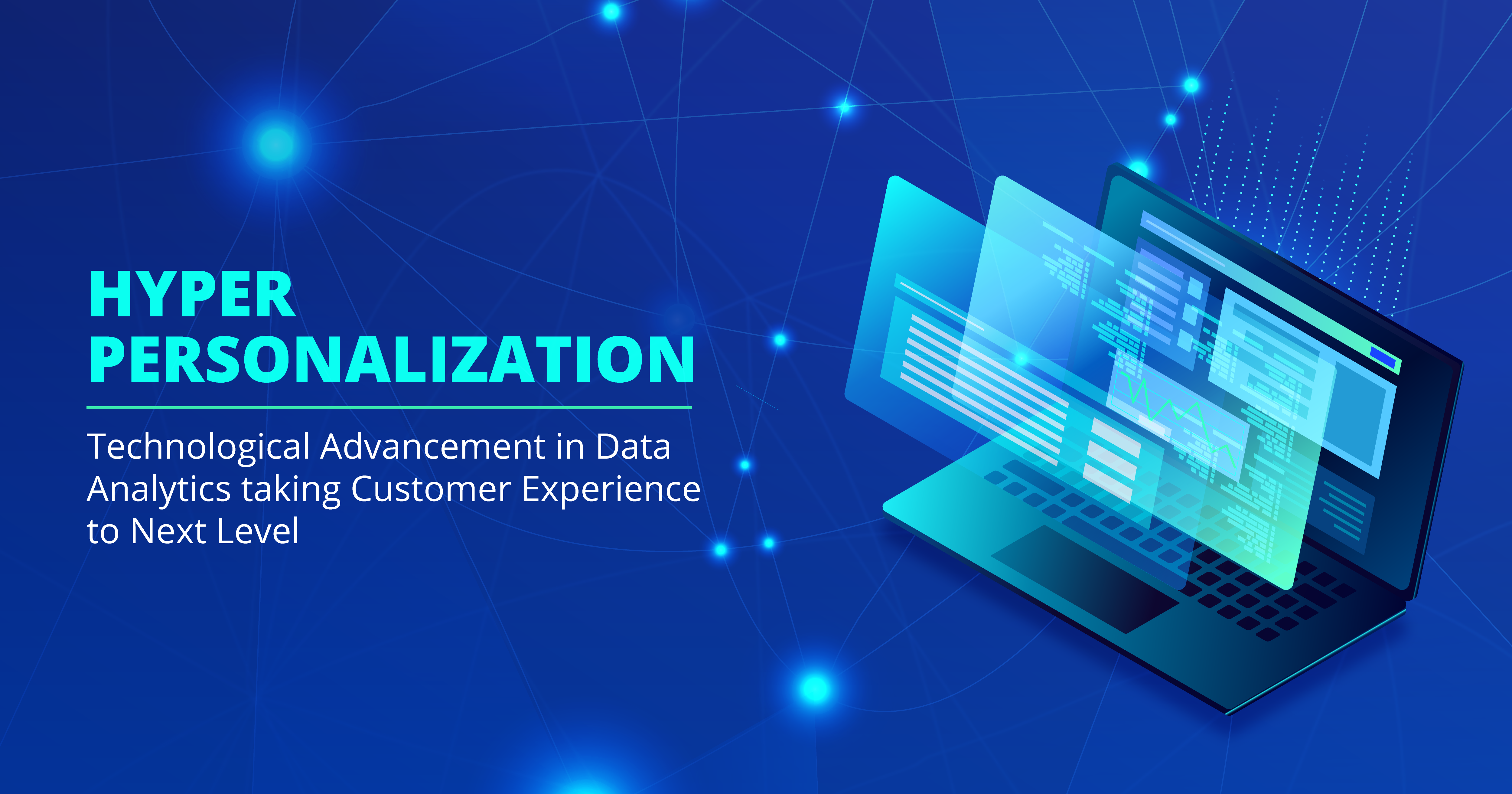Organizations with strong data cultures expect that customer-facing decisions must be anchored with data-driven evidence. For satisfying highly demanding customers, the decision-makers need to perform qualitative analysis using aggregated statistics and delve into the service quality that customers receive. This could be practiced when organizations intend to unify the analytical processes to provide value and address challenges. Hence, investing in technologies to make the role of data users and front-runners highly porous will augment analytical simplification. These particulars matter, to fuse the data domain expertise with marketing know-hows.
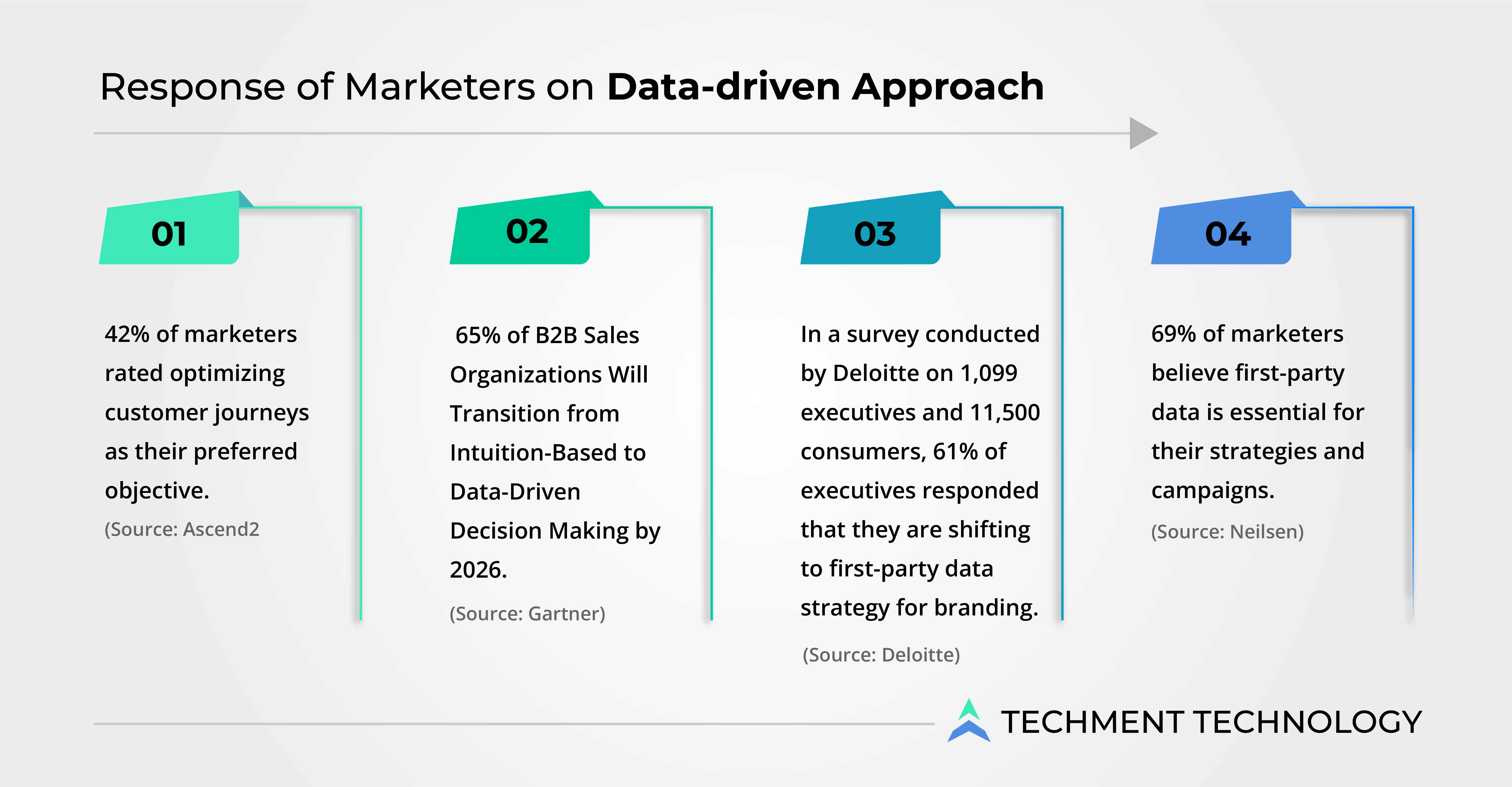
Then why do companies not opt for data-driven approaches? The reason is simple; capturing this opportunity requires the up-gradation of data modeling, and CXOs need to take a wide-level approach to data collection by analyzing the latest trends. For organizations, having technologies that deliver actionable insights in real-time across different industries is no longer pleasant. It’s imperative to have such technologies as data grows exponentially daily. Similar actionable data is needed to organize marketing strategies where customer data is fed to the right tools to generate customer-centric insights.
Customer data is the customer information shared directly through websites, apps, physical stores, etc. It could be basic data (containing basic details like name, organization, etc.), engagement data (information regarding customer journey), behavioral data (related to customer experience (CX)), & attitudinal data (related to what picture the customer has about your brand). Organizations need advanced analytical capabilities, requiring supportive frameworks for collecting, mapping, analyzing, and executing customer data. For generating customer-centric insights, marketers must ponder these questions before initiating data-driven approaches:
- What are customer data goals?
- How are competitors leveraging this data?
- Which data is essential?
- What are the costs of accessing & managing these data, and what return would it produce?
A customer data platform plays a vital role in unifying all the first-party data that are easy to access, analyze, track, & manage customer interactions. Still companies need to analyze the correct data, break down data silos, understand how these data fit into the business, & proactively act on insight generated. The customer 360 insight benefits different verticals with customer experience (CX), profit or ROI, enhancing connections, etc.
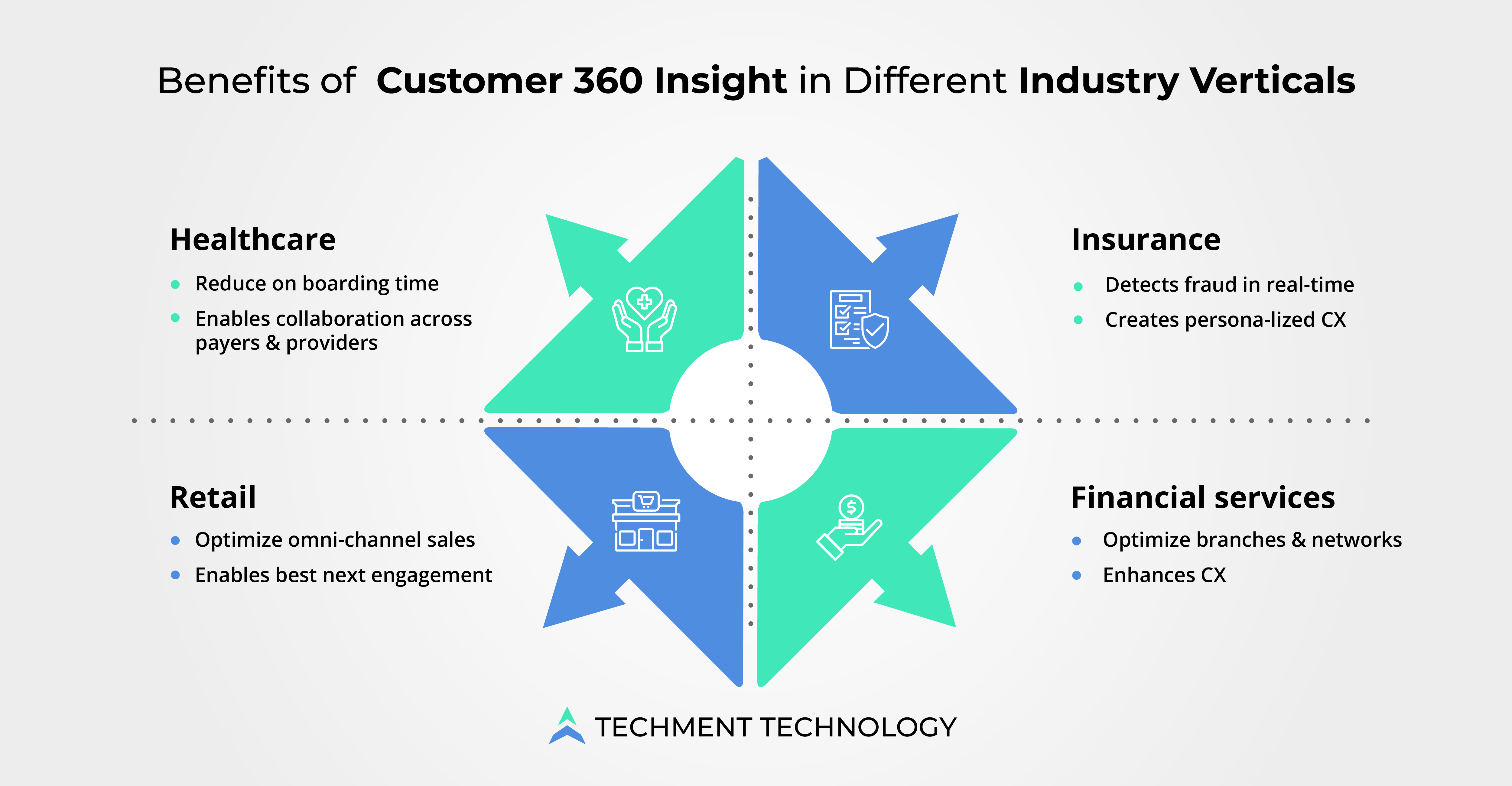
With such insights, they can transform every facet of customer-centric endeavors and help them leverage their expertise in four key roles, i.e., growth driver, innovation catalyst, brand storyteller, and capability builder. Through comprehensive customer data analytics, CMOs and other C-suite leaders can pull information from all customer journey points and use it to improve the omnichannel customer experience (CX).
6 Winning Strategies to Generate Customer-centric Insights with Data
Enterprises must adopt winning strategies like tracking data sources using analytics, removing silos for better comprehension, extracting hidden relationships between different data, etc. This will help to leverage insights from analytics. Some strategies’ will handle your enterprise’s complex data environment and ecosystem.
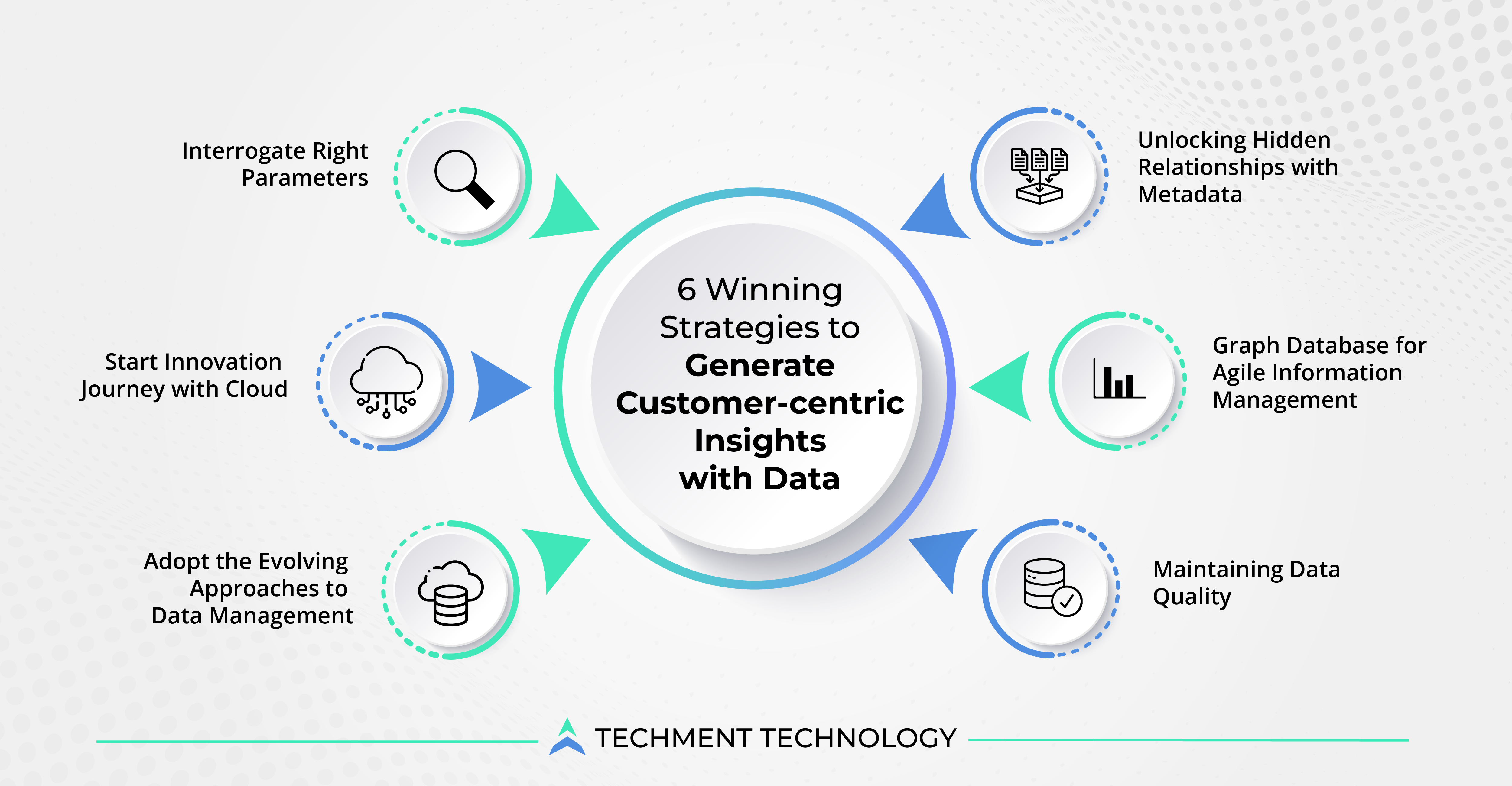
1. Interrogate Right Parameters: Before landing in a data-driven landscape, organizations must cleanse the ambiguity of data whys, hows, and whats. They need to cover a long path and ponder on some imperatives like:
- How do businesses need to see data that exist across enterprises?
- How to model the correct parameters in a semantically focused way for deeper understanding like customers’ web interactions, calls, etc.?
- How to bring data quality, to support analytical models to map better customer journeys?
- How to discover and catalog the suitable data sources to reintegrate them for other use cases as a requirement for the following strategic priorities?
Hence, profiling this information for the initial view would establish a relationship between the company’s needs and the work processes needed for data standardization and validations.
2. Start Innovation Journey with Cloud: Most customer data is scattered, and companies aren’t getting proper channels to connect with customers. In addition, the inefficient and disconnected marketing tools are hindering data insight collection. Cloud data analytics acts like a savior here by providing a holistic unified view of the customer journey across all channels. Using cloud analytics brings the following vintages:
- Connects the dots: Helps in connecting all physical & virtual touchpoints of the customer journey through experience platforms.
- Explores the Whole Journey: Enables cross-channel analysis to visualize end-to-end customer journey.
- Drive Customer Engagement with AI-powered Insights: Provides unified marketing performance measurement to enable strategic planning and in-market optimization. According to IDC prediction, by 2026, B2B companies will use AI analytics to deliver deeply personalized journey engagement, eliminating 40% of marketing and sales human touch points.
- Easy Access to Customer Journey Data: Provides easy access to customer journey data to make data-driven decisions led by a holistic view of customers’ actions.
- Real-time Data Access: With cloud analytics, we can avail real-time access to cross-channel insights from mobile data.
- Derive Faster Values: Discover customer insights from both online and offline engagements.
3. Adopt the Evolving Approaches to Data Management: The old approach to data management is a relational database management system (RDBMS) which represents data in tabular format. At times, RDBMS struggles to understand highly connected data elements where relationships of corresponding data play a critical role in driving proper understanding and insights. The new alternative approach to RDBMS is the graph visualization technique, which allows representing data more intuitively that is much more visually focused.
For instance, a consumer graph representing different purchases across different organizations represents minute details like price, date of transactions, etc., and anyone looking from a distance at this data would understand intuitively what it means.
4. Unlocking Hidden Relationships with Metadata: The user-attached data label that allows tracking, classifying, and better-utilizing datasets is called metadata, i.e., it’s the indicator of what dataset comprises.
The metadata is often considered a key enabler where the organization’s business and IT sides come together to understand the problem and make the project more strategically focused. Metadata from various channels provides holistic customer information when attached to customer analytics.
5. Graph Database for Agile Information Management: The database or software application that uses graph structure is a graph database built to store and navigate relationships instead of tables & documents. This method provides a new way of organizing customer data and enhances agility to help contextualize customers’ views. Creating the relationships between data have use cases in social networking, recommendation engines, and fraud detection.
For instance, Amazon Neptune is a graph database engine optimized for storing and mapping relationships between milliseconds latency. This also eliminates the need for database management.
6. Maintaining Data Quality: Better data quality helps in analyzing customer journey, customer propensity, and KYC, which ultimately ensures a better customer experience (CX). Improving direct customer interaction upfront and holistically collecting customer views are some methods to provide better data quality and enhance customer loyalty and engagement.
Utilizing reporting & analytics for pulling beneficial interactions & transactions into a single picture is another way of improving data quality. Analytics helps with customer segmentation with qualitative insights to clearly understand customer information.
Organizations looking to elevate their customer experience (CX) and leverage customer insights, need to bring shifts of data consumers’ mindset, data modeling, and operations. These will help all customer-facing stakeholders to make informed decisions.
Conclusion:
Data Management Technologies Will Take Customer Insights To the Fore.
The growing challenges and rising complexities in customer data are likely to be solved with data management technologies that will enhance the entire customer operation footprint. For this, organizations need to check how data is stored, managed, and used by different departments in the organization.
Customer insight with data assists in developing optimal work processes and practices in customer analytics and identifies issues in the customer journey at every point. With challenges on all fronts, the question for leaders now is, to best prioritize data management technologies, find out best practices, break down silos, and ensure that a bespoke data warehouse will help to manage in-house customer data for gaining customer insights and customer satisfaction.
Techment Technology continuously improves data quality to drive productivity gains and enhance revenue. To know more about our data engineering services, get our free consultation.
 All Posts
All Posts
